A team of undergrad students in Utah State University (USU) have launched the world’s first Raspberry Pi Zero powered mini-satellite in space! GASPACS (Get Away Special Passive Attitude Control Satellite) CubeSat is a NASA-sponsored mini-satellite project deployed in Earth’s low orbit.
The purpose of the experiment is to test the viability of an inflatable aero-stabilization boom deployable component in Low Earth Orbit (LEO). The CubeSat hitched a ride on the International Space Station (ISS) into low-Earth orbit, and has been transmitting photographs taken with a Raspberry Pi Camera back to Earth.
How was it built?
Over 80% of the code powering the satellite was written in Python, with some components in C. As this may boggle an experienced developers and make them wonder why write the whole thing in Python and not in a more performant language with closer hardware interaction, the team explains it’s a purposeful decision:
“The framework is designed to be accessible to newer developers who want to get into space research!”
The CubeSat is built from several components, with a Raspberry Pi Zero being the brains of the bunch. It is power cycled by a DFRobot Beetle microcontroller in case the Zero doesn’t check in with a “heartbeat” which it sends every few seconds.
Full list of components:
- Raspberry Pi Zero
- Raspberry Pi Camera Module 2
- DFRobot Beetle
- Custom interface board with LSM303AGR
- Real-time clock DS3231SN
- Analog-to-digital converter ADC128S102
- custom burn wire circuit release mechanism for the boom
- EnduroSat battery, transceiver, and antenna
- EnduroSat solar panels with sun sensors and temperature sensors
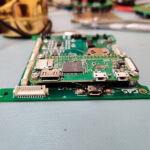
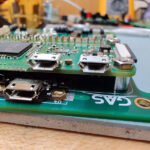
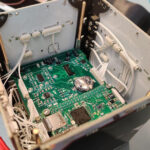
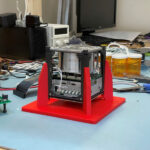
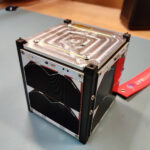
Where’s the CubeSat Now?
GASPACS CubeSat was deployed from the International Space Station on January 26 and made contact with a ground station in Japan within an hour. Since then, ground stations all around the world have reported picking up GASPACS’ beacons. On January 27, it completed it’s main objective: It fully deployed the AeroBoom!
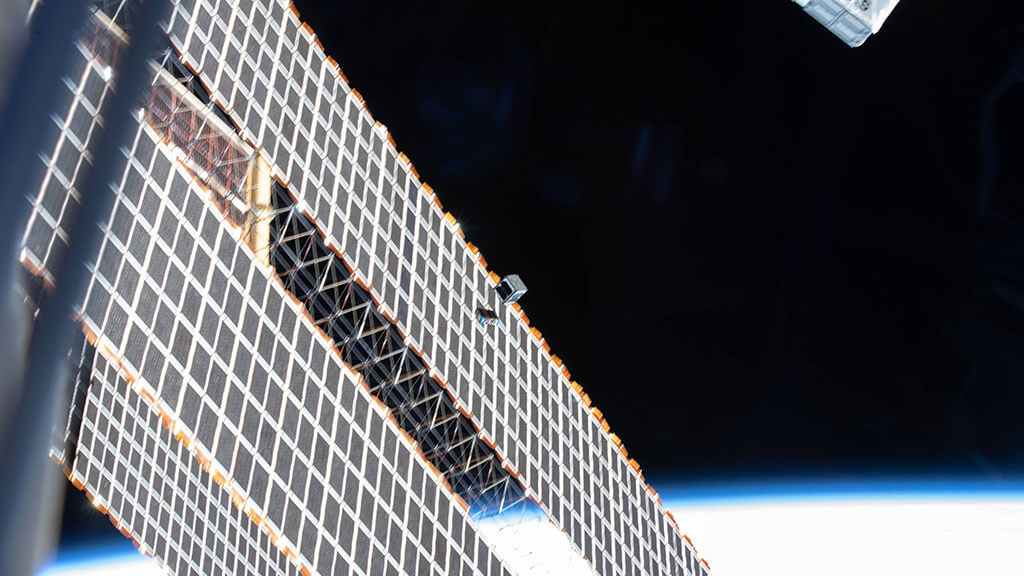
Since than, the team continue to receive data from the satellite and have downlinked several images. Even though on on January 29, the Y-axis solar panels stopped producing power from a space weather event that disrupted the EPS MPPT system, the CubeSat was able to complete it’s second mission objective: The AeroBoom was stabilizing GASPACS! This completed GASPACS’ secondary mission objective and marked complete mission success!
Go Raspberry Pi!
You can keep track of the GASPACS CubeSat mission, see the photos it’s taking, and follow its journey orbiting Earth on Twitter at @GASPACS_CubeSat.
Sources:










Comments are closed.